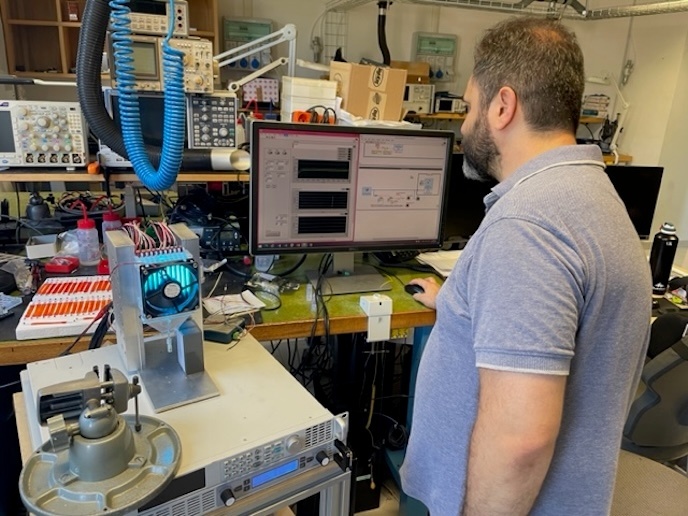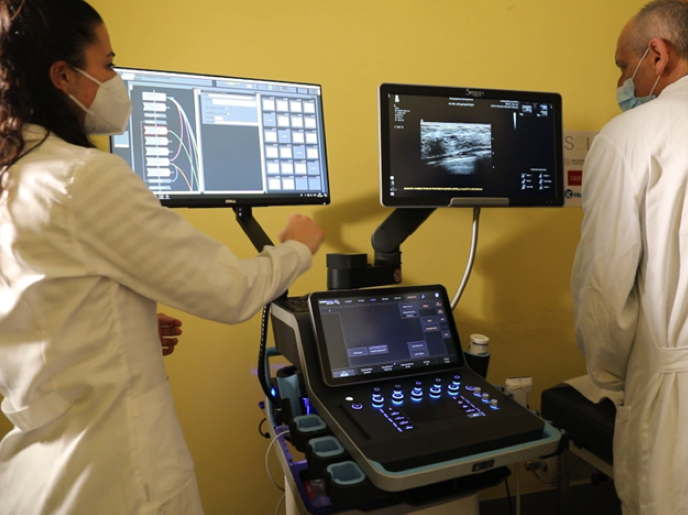Regenerative scaffolds for the central nervous system
Regenerative medicine often uses scaffolds of different materials for tissue repair. These scaffolds have been produced with a variety of different techniques, including rapid prototyping, a recently developed approach that employs computer-aided design. When it comes to repairing injuries of the CNS, it is necessary to control the growth and functional connectivity of 3D neuronal networks. Towards this goal, the EU-funded NEUROSCAFFOLDS(opens in new window) (Rapid prototyping scaffolds for the nervous system) project set out to fabricate nanomaterial-based scaffolds with highly regulated mechanical, geometrical and chemical properties. In addition, they functionalised the scaffold substrate with guidance molecules at a nanometre resolution to guide and support neuronal growth and differentiation. The scientific teams successfully fabricated monolayers of gelatin nanofibres capable of supporting the growth of astrocytes and hippocampal neurons as well as the differentiation of stem cells towards functional neurons. They also tested the feasibility of 3D printing of neuron scaffolds by using inks containing ultra-fine particles. Scaffolds made of multiwall carbon nanotubes and PDMS were further functionalised with a variety of molecules of specific biological activity. When tested in vitro for the culture of neurons, these 3D scaffolds were found to promote a more differentiated and in vivo-like morphology. The neuronal activity of the cultivated neurons exhibited a higher frequency and formed extensive 3D networks. Comparison with 2D cultures revealed significant differences, underscoring the importance of the generated knowledge for basic neuroscience as well as for the repair of the nervous system. The developed scaffolds were also tested in vivo in a rat model of sciatic nerve regeneration where they were well tolerated and supported the effective regeneration of Schwann cells and axons. Taken together, the results of the NEUROSCAFFOLDS study serve as a basis for future exploitation of scaffolds for CNS repair.







